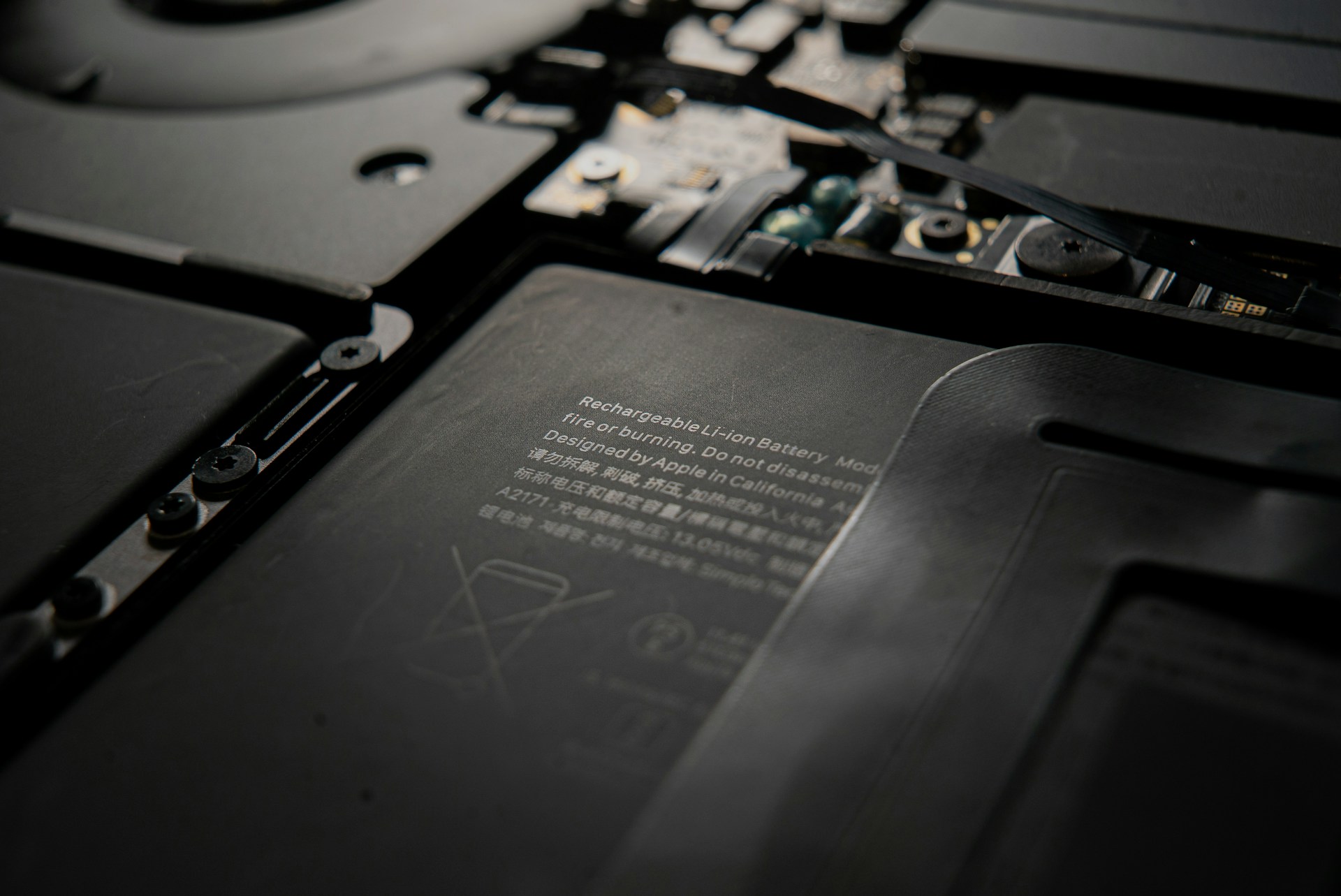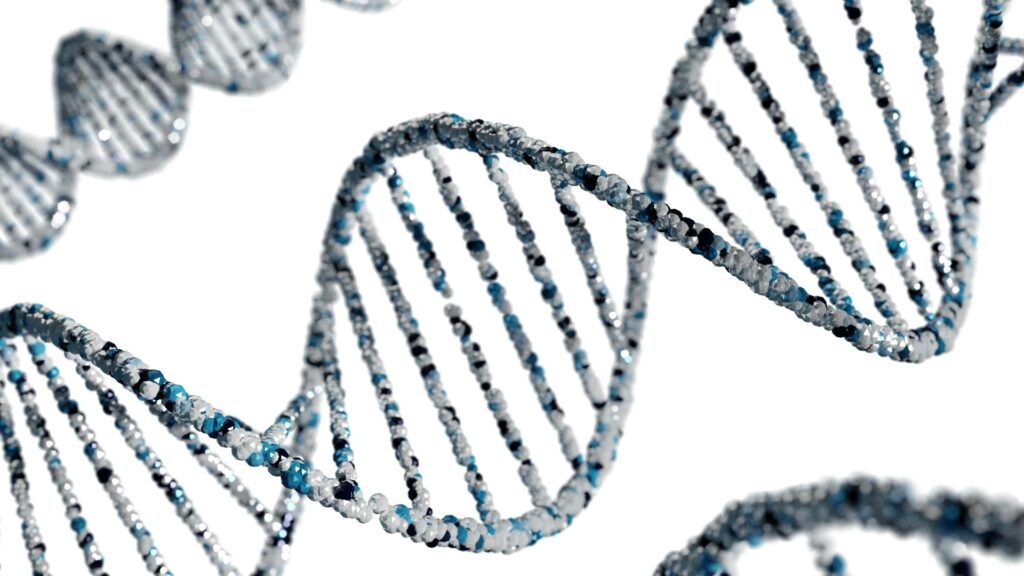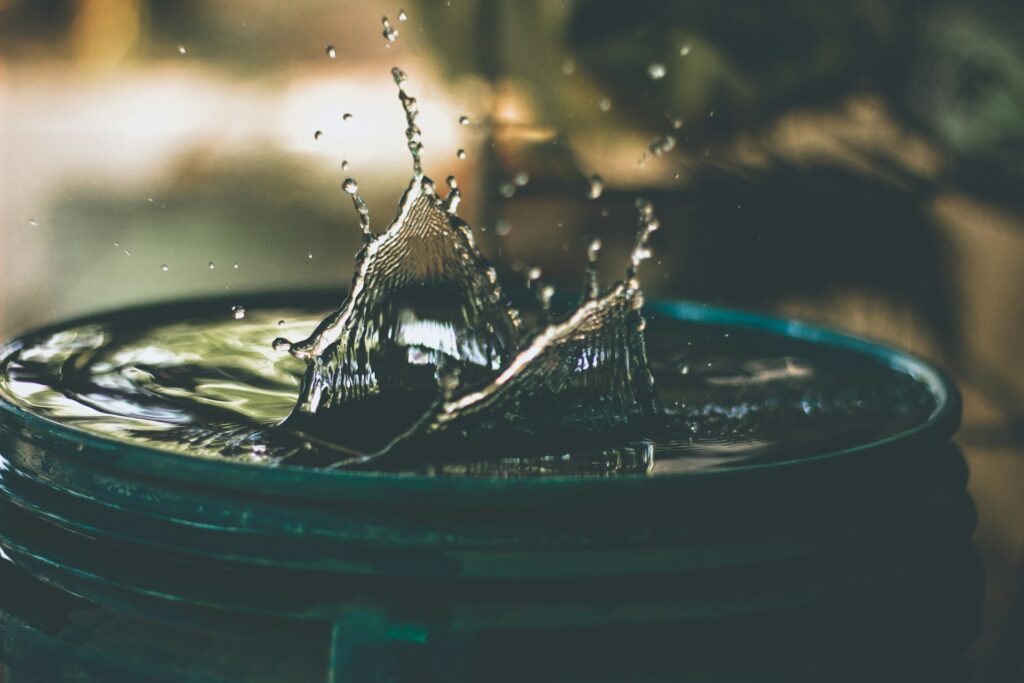Researchers at Pacific Northwest National Laboratory (PNNL) have introduced an innovative approach to producing battery cathode materials. The work, detailed in Nature Energy, demonstrates that exploiting lithium oxide (Li₂O) sublimation can yield single-crystal cathodes. The published paper can be found here:
Wu, B., Yi, R., Xu, Y., Gao, P., Bi, Y., Novák, L., Liu, Z., Hu, E., Wang, N., Rijssenbeek, J., Venkatachalam, S., Wu, J., Liu, D., Cao, X., & Xiao, J. (2025). Unusual Li2O sublimation promotes single-crystal growth and sintering. Nature Energy. https://doi.org/10.1038/s41560-025-01738-4
Battery manufacturing, in industry, relies on blending nickel with other metals such as cobalt and manganese to create cathodes for lithium-ion cells. While these materials allow batteries to store energy, the synthesis process usually results in polycrystalline structures. These structures, formed by clusters of small crystals, are prone to developing micro-cracks over many charging cycles.
The new method produces more uniform single-crystal cathodes that show improved structural integrity over prolonged use.
Sublimation, the process whereby a solid turns directly into a vapour without first becoming a liquid, is well known from natural phenomena like comet tails. In the controlled environment of the PNNL labs, Li₂O vapor was found to accelerate a key chemical reaction when mixed with nickel-rich precursor materials. This reaction occurs at standard atmospheric pressure, making it compatible with existing manufacturing setups. By substituting lithium hydroxide (LiOH), which is common, with Li₂O, despite the latter’s higher melting point, researchers observed that at temperatures around 900 °C the vapourized lithium oxide acts uniformly to promote the formation of single-crystal cathode material. Jie Xiao, co-author on the paper and a Battelle Fellow who holds a joint appointment with PNNL and the University of Washington said:
“The discovery offers a potentially faster, more efficient, and cheaper way to scale up the manufacturing of nickel-rich lithium-ion batteries,”
Laboratory tests have demonstrated that both new and recycled materials produced using this method can withstand up to 1,000 charge and discharge cycles—a promising indicator for long-term stability. This finding adds a practical dimension to the research, highlighting a potential pathway not only for the fabrication of primary battery components but also for recycling defective or spent polycrystalline materials.
By simplifying the synthesis process, the sublimation-driven reaction could lead to cheaper and quicker battery manufacturing. Given the increasing demand for lithium-ion batteries in consumer electronics, electric vehicles, and data centres, the approach may contribute to both performance improvements and cost reductions in future battery designs
While some challenges remain, particularly related to reducing the cost of commercialising Li₂O-based synthesis, the progress reported thus far is encouraging. Researchers are already collaborating with strategic partners to refine the process and expect to conduct scaled-up tests as early as 2026. Xiao stated:
“You can imagine all those tiny particles are agglomerated together, and they get pushed and pulled as the battery charges and discharges, the movement can create cracks, which weakens the battery.”
The study has lead to the question: how best to adapt and implement the process within industrial settings?
One researcher noted, the work highlights how a deep understanding of material science; coupled with innovative engineering, can lead to advances in traditional manufacturing techniques.
In this first-ever study, leading researchers such as Jie Xiao, University of Washington Boeing Martin Professor and Battelle Fellow, and Thermo Fisher Scientific’s Libor Novák drove the research into the unknown territory. The scientists conducted the work at the Pacific Northwest National Laboratory, part of the U.S. Department of Energy, where leading lithium salt precursors were provided by Albemarle Corporation, while other team members such as Bingbin Wu contributed additional findings.

Hassan graduated with a Master’s degree in Chemical Engineering from the University of Chester (UK). He currently works as a design engineering consultant for one of the largest engineering firms in the world along with being an associate member of the Institute of Chemical Engineers (IChemE).



